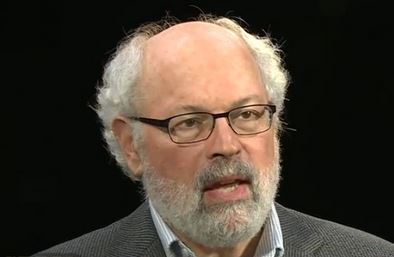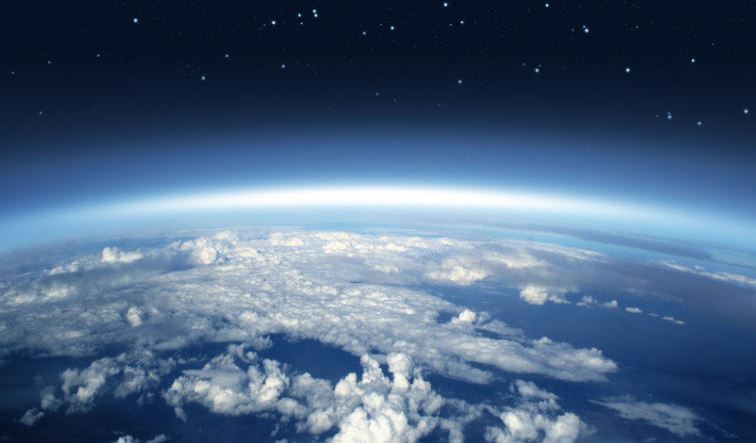The prospect of spy agencies such as the CIA using weaponized weather to destabilize hostile nations worries Professor Alan Robock, from the Department of Environmental Sciences at Rutgers University, New Jersey.
Prof. Robock explained at the annual meeting of the American Association for the Advancement of Science (AAAS) in San Jose, California, that a covert organization claiming to represent the Central Intelligence Agency (CIA) asked him whether a hostile nation could use weaponized weather technology against the United States without being detected.
He responded that it would be difficult for anybody to get away with it, as he and his colleagues would probably be able to detect what had happened and why.

Prof. Robock said the prospect of spy agencies messing with the weather scared him.
Weaponized weather (weather warfare) means using weather modification techniques for military purposes.
Prof. Robock suspected that the two “agents” from this mysterious organization who had approached him actually wanted to find out whether the CIA could get away with messing with another country’s weather.
He and other climate experts were discussing the US National Research Council report that has been published by The National Academies.
Prof. Robock is a climate scientist, specialized in researching the potential benefits and harms of using stratospheric particles to simulate the effects that volcanic eruptions might have on climate change.
Prof. Robock said:
“I got a phone call from two men who said we work as consultants for the CIA and we’d like to know if some other country was controlling our climate, would we know about it?”
“I told them, after thinking a little bit, that we probably would because if you put enough material in the atmosphere to reflect sunlight we would be able to detect it and see the equipment that was putting it up there.”
“At the same time I thought they were probably also interested in if we could control somebody else’s climate, could they detect it?”
He said the inquiry really scared him. “I’d learned of lots of other things the CIA had done that haven’t followed the rules and I thought that wasn’t how I wanted my tax money spent. I think this research has to be in the open and international so there isn’t any question of it being used for hostile purposes,” he added.

Geoengineers say that injecting reflective particles into the upper atmosphere could be used to mitigate the impacts of climate change.
Using sulfur to cool the planet
Geoengineering technology offers some options to reduce or reverse global warming. By scattering particles of sulfur in the upper atmosphere, they would reflect sunlight back into space, thus cooling down the atmosphere and the Earth’s surface.
Seeding iron into the oceans would encourage algae to spread. Algae eat up carbon, thus creating reflective areas on Earth’s surface.
Nobody is certain, however, whether such measures might trigger undesirable consequences.
Climate change research involves studying volcanic eruptions
Climate experts say we should start preparing to have measures in place in case current strategies to combat global warming do not work.
Having state-of-the-art scientific instruments on stand-by, ready to be sent to major volcanic eruptions to gather data in the high atmosphere, would help scientists determine whether some geoengineering solutions are viable.
Eruptions to be studied would have to be major ones, like the 1991 Mount Pinatubo eruption which threw 20 million tonnes of sulfur dioxide into the sky.
The Mount Pinatubo eruption was followed by cooler temperatures globally for two years.
The sulfur that came out of the volcano turned into sulfuric acid droplets when it came into contact with atmospheric moisture and acted like a mirror, reflecting some of the Sun’s ray’s back into space, which prevented radiation from warming the Earth’s surface.
Scientists need to know what would happen if they mimicked this strategy.
Prof. Robock said in an interview with the BBC:
“We’d like to be able to see how this sulfur dioxide cloud evolves from gas into particles and how the particles grow.”
“If the particles are too big then they’ll fall out much more rapidly and you’d have to replenish them much more rapidly, if you’re interested in doing geoengineering. And so we’d like to understand the processes in the formation of these droplets.”
Video – Prof. Robock discusses geoengineering

